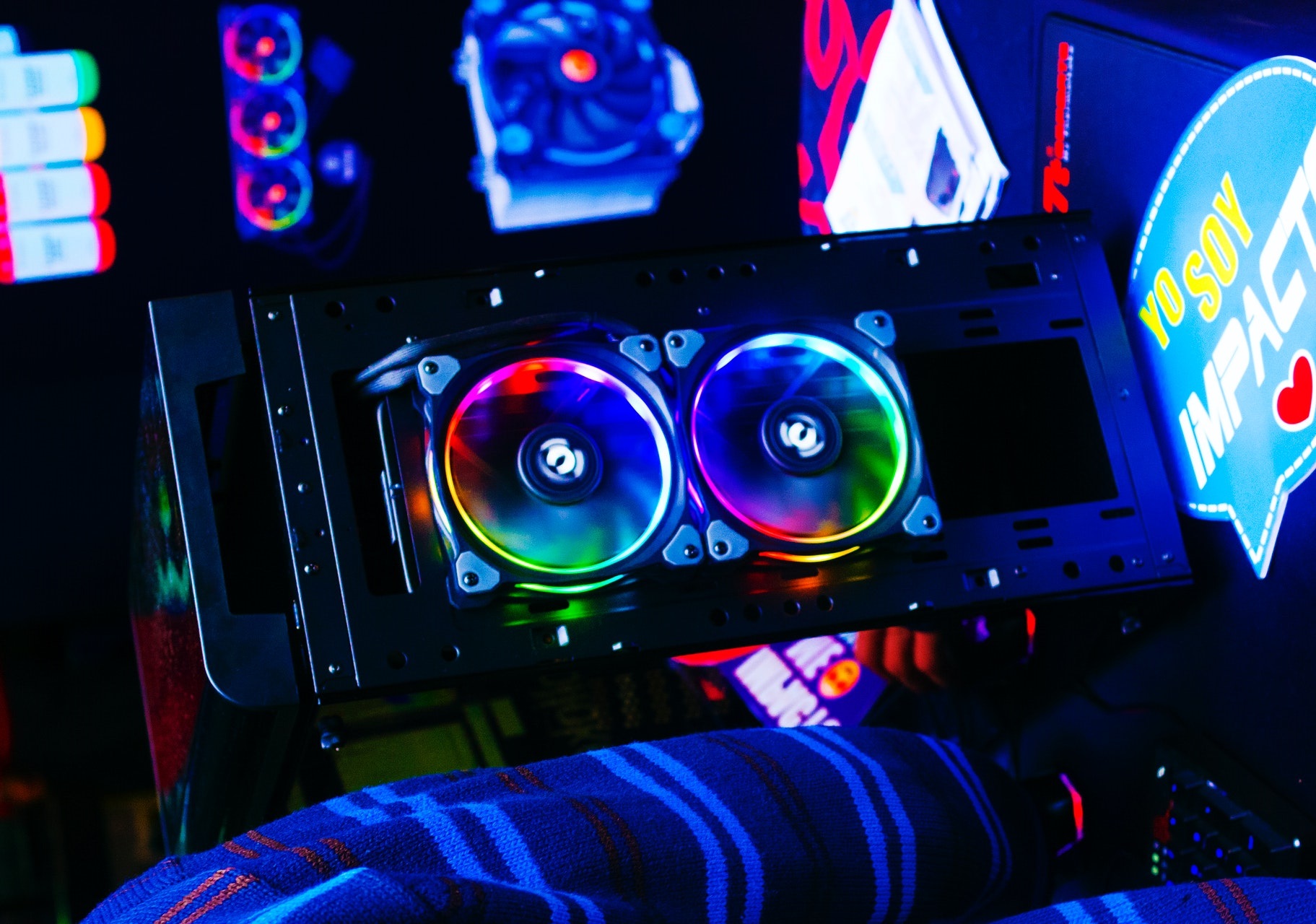In today’s post we're going to show you how to determine what kind of fans are compatible with your case or cooler and how to install them figuring out which fan is compatible. If you have an aftermarket case as a snap, check the manufacturer website.
Look on the side of the box or check the manual, it'll tell you which mounting points correspond to which fan sizes.
If you don't know what kind you need then it becomes a little bit more challenging. Grab a measuring tape and you can either take an existing fan that's the same as the one you're looking for and simply measure across the fan (not diagonal) to find out what size it is.
They come in standard sizes.
80 millimeter, 92 millimeter, 120 millimeter and 140 millimeter are the most common ones or if you don't have access to a fan, you can simply find the mounting holes in the case.
Measure from the middle of one hole to the middle of another hole (again not diagonally) and look for a measurement that's slightly lower than the size of a standard fan mount
So for example a 120 millimeter fan has holes that measure from Center to Center about a hundred and five millimetres
In general you want the air to flow from the bottom front of your case to the top back, this ensures adequate cooling for all the components inside but don't be embarrassed if you've wondered about this. Not everyone knows how to tell which side of the fan the air comes out of and which side is an intake
So on most fans it's actually labelled if you, look closely there's one arrow that indicates the direction that the blades are spinning and another one that indicates which way the airs coming out.
But don't worry about it too much if your fan isn't labelled because all you have to do is find the pieces of plastic that are holding the middle hub that is where the motors are situated and in general the fan will actually be blowing air out away from that side
So if you wanted to use it as an exhaust fan you just have the sticker pointed towards the outside of the case and it would be blowing in that direction.
Installing a fan is simple in most cases, you're actually just going to use for fan specific screws they're specially threaded so they actually cut into the plastic of the fan you just screw those in and they're attached to the case
However there's a slight disadvantage to using screws or what's called a hard mount and that is that vibrations from the fans
Particularly lower quality fans can be transferred to your case if you don't want those vibrations you can use rubber isolator mounts. Many high-quality fans come with them already but you can also purchase them separately. That way, the spinning motor of the fan actually is in no way in direct contact with the metal of the case reducing the risk of vibrations until you plug the fan into the power supply.
It won't get any power so there's a couple different ways to do that
You can't monitor the fan and you can't control it because you're usually going to be plugging that directly into the power supply
Next we have a three pin fan connector this can be plugged into the power supply using an adapter which will be included with most high quality fans or you can plug it into your motherboard where you can use that third wire to sense the RPM and give you a warning if something goes wrong and you can actually adjust the fan speed using voltage control which is a less sophisticated way.
Next we have a four pin pwm fan connector. This one adds an additional pin that is dedicated to just controlling fan speed.
Thanks for checking out this post. Also helps us out, please
share this with anyone who you think would benefit from it and if you can think
of any other topics that you'd like us to share please comment down below.
Take Care.









1 Comments
This comment has been removed by a blog administrator.
ReplyDelete